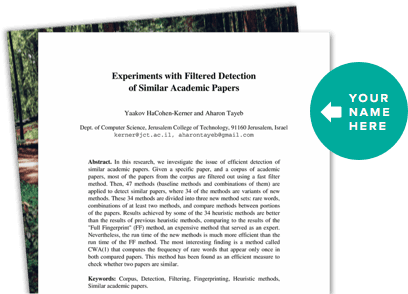Methods
Summary
Project Methodology - Acoustics
Opportunistic Sound samples would be taken from onboard the BayQuest patrol vessel with the use of a portable omnidirectional hydrophone specifically designed to capture sensitive underwater sound signatures. Each recording will consist of brief 30-minute recording samples taken consistently from 10 meters above the sea floor. No installation of special equipment within the sanctuary will be needed to conduct this study and nothing will be left behind following each recording sampling.
Equipment to be used:
Cetacean Research Technology C-57 Hydrophone kit with H4N pro digital field recorder and hydrophone Gain Table. A Getac B360 rugged field science laptop with Spectraplus-SC Analysis Software will be used to compile both acoustic .wav and spectrographic images.
Project Methodology - Supporting Visual Observations
Visual Observations will be documented on a minute-by-minute basis during each 30-minute sampling session. Observations include whale species, count, behavior and number of surface breaths. This data will overlap the acoustic recordings to help determine any patterns of behavioral change. Sightings will be photographed and all visual data uploaded to recognized citizen science apps for real time public access.
Data/MetaData
All data will be accompanied by metadata to ensure clarity and usability for future research. Metadata will include date, time, location (latitude/longitude), depth, recording device specifications, sea state, and weather conditions.
All metadata will follow the standards set by NOAA’s Integrated Ocean Observing System (IOOS) and the Federal Geographic Data Committee (FGDC), ensuring consistency with national and international guidelines.
Seasonality of Sampling
The duration of this study is intended to provide acoustical and visual data across a 12-month testing cycle. This includes:
Winter (January/February) between storm cycles during the period of northward whale migrations.
Spring (March-May) during annual upwelling events.
Summer (June-September) during heightened foraging activity.
Autumn/Early Winter (October-December) during southward whale migrations
Vessel Traffic
Sampling/data collection will be administered both during times absent the presence of vessel traffic and during times of known ship movement as published in advance by the San Francisco Bar Pilots Association.
Challenges
Interference Noise Mitigation:
To affect the cleanest acoustic recordings possible beneath the surface, several methods will be used to minimize vessel noise and environmental sound disruptions. These include, but are not limited to:
Mission Vessel Design
The BayQuest vessel used for this mission will be a SafeBoat Defender class which utilizes a deep-V aluminum hull and rounded sponsons/collar made of rigid polyethylene foam. This design helps to minimize interference noise from waves lapping up against the hull during acoustic sampling sessions.
Engine Noise
During each sampling session, the vessel’s engines will be turned off and any onboard equipment noise will be silenced.
Time of Day Sampling
Most acoustic samplings will be administered during early mornings when wind and surface conditions are at their minimums.
Pre Analysis Plan
All data compilation, methodology and post-study analysis will be performed under the supervision of our Principal Investigator, Dimitri Ponirakis from Cornell University's K. Lisa Wang Center for Conservation Bioacoustics.
Final analysis of all findings will be performed in collaboration with proven acoustic research scientists and whale ecologists from Monterey Bay Aquarium Research Institute, Scripps Institution of Oceanography, California State University - Maritime Academy, Google Research, University of Washington and others.
Protocols
This project has not yet shared any protocols.
